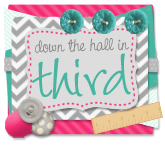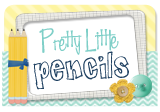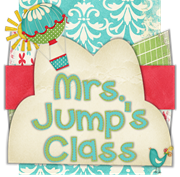critical-adj
| 1. | containing or making severe or negative judgments |
| 2. | containing careful or analytical evaluations: a critical dissertation |
| 3. | of or involving a critic or criticism |
| 4. | of or forming a crisis; crucial; decisive: a critical operation |
| 5. | urgently needed: critical medical supplies |
| 6. | informal so seriously injured or ill as to be in danger of dying |
| 7. | physics of, denoting, or concerned with a state in which the properties of a system undergo an abrupt change: a critical temperature |
| 8. | go critical (of a nuclear power station or reactor) to reach a state in which a nuclear-fission chain reaction becomes self-sustaining |
So, obviously, multiplication is important, but how do we, as teachers, build that strong foundation? For us, we start by thinking about the math ideas necessary to truly understand the concept of multiplication. Together with my amazing third grade team, we mapped out what we believe to be a logical progression of ideas that would support the bigger idea of multiplication in 3rd grade. Here is what we came up with: repeated addition, skip counting, equal groups, arrays, area models (area as additive, then multiplicative), and eventually, the concrete proof of the Distributive Property. In reality, these ideas will be the primary focus of our math instruction, and will take us until about mid-November until we move on to other (related) concepts.
We are currently in our third week of building multiplicative concepts in 3rd grade, and I can definitely say that my students are using a very wide variety of strategies to solve our multiplication math tasks. Today, we completed a "Mouse Problem" in which students were asked to select a number of mice to "buy" from the pet store. Each year, their mouse population increases in size (2nd year, population doubles, 3rd year it triples, and so on), and students were asked to figure out how many mice they would have by the 5th year.
 |
| Skip Counting in parts |
 |
| Multiplication with repeated addition And some of our progress with Math Practice Standards...
|
Now that October is here, what are you working on in your classroom?




















































